The U.S. has recorded 45 monkeypox cases since the start of May, the Centers for Disease Control and Prevention said Friday.
The agency is asking health care providers to look out for rashes among patients, but the nature of monkeypox rashes in recent cases has differed from what doctors have observed in the past in Africa — where the virus is endemic in 11 countries — the CDC said.
In some of the new cases, monkeypox has caused people to develop what looks like a pimple or blister, rather than a widespread rash, CDC Director Rochelle Walensky said in a briefing. In other cases, tiny bumps on the skin are the first or only indication of an infection, she said.
“We have seen presentations of monkeypox that are mild and sometimes only [in] limited areas of the body, which differs from the classic presentations seen in endemic countries in West and Central Africa,” Walensky said. “This has prompted concern that some cases may go unrecognized or undiagnosed.”
Walensky said historically, patients have reported flu-like symptoms such as fever, body aches and swollen glands. After that, “a characteristic, often diffuse rash appears on multiple sides of the body, often on the face, arms and hands.”
But in recent cases, Walensky continued, “some patients have developed a localized rash, often around the genitals or anus, before they experience any flu-like symptoms at all, and some have not even developed such flu-like symptoms.”
CDC officials said some U.S. patients have also reported proctitis, or painful inflammation of the rectum lining, a symptom not commonly associated with monkeypox.
“If you notice any new rash or skin condition that you’re just not sure about anywhere on your body, including in your mouth, go get it checked out,” Demetre Daskalakis, director of the CDC’s Division of HIV/AIDS Prevention, said during a Thursday media call. “This is not the time to hold back, even if you don’t think it’s that serious.”
Why monkeypox symptoms may differ from prior outbreaks
The type of monkeypox currently circulating in the U.S. and other countries outside of Africa is known as the West African clade. The World Health Organization estimates that around 1 percent of people who’ve contracted this strain have died in the past, compared to up to 10 percent of people who contract the Congo Basin strain.
A monkeypox rash can resemble chickenpox, herpes or syphilis. In some cases, the lesions are extremely painful and can leave scarring. Some patients in the current outbreak have needed prescription medication or even hospital care to manage the pain.
But in other cases, the rash has not caused much discomfort. Dr. Stuart Isaacs, an associate professor of medicine at the University of Pennsylvania, said there might be something about the West African strain itself that produces milder illness than its counterpart.
“You’ve got these local lesions and very little of the widespread rash that you see historically in the pictures,” Isaacs said.
The way someone is exposed to monkeypox might also affect how their symptoms present, he theorized.
Monkeypox appears be spreading through close physical contact, either from exposure to bodily fluids, respiratory droplets, rashes or lesions that form during an infection, or via contaminated items like clothing or bedding. Most U.S. patients are men who have sex with men, which has led experts to believe that exposure may occur during sexual activity.
“It’s nearly impossible to separate the skin-to-skin contact from the sexual contact from the face-to-face contact as the reason for transmission,” Walensky said, adding, “We do not yet know whether the virus may be spread through contact with semen or vaginal fluids.”
But she said there is no evidence to date that the virus is spreading through the air or from interactions such as casual conversations at the grocery store or touching the same doorknob.
Vaccines can protect against monkeypoxExisting smallpox vaccines work well against monkeypox, Isaacs said. The vaccines can even prevent people from contracting the disease or developing symptoms if administered shortly after exposure.
The U.S. has enough doses stockpiled to vaccinate millions of Americans for monkeypox, said Dawn O’Connell, assistant secretary for preparedness and response at the Department of Health and Human Services. That includes more than 100 million doses of ACAM2000, an older-generation smallpox vaccine, and 72,000 doses of Jynneos, the U.S. government’s preferred shot, which is specifically approved for use against monkeypox.
The CDC and HHS have delivered more than 1,400 vaccine courses to 16 states since the start of the outbreak, O’Connell said.
The U.S. is set to receive an additional 300,000 Jynneos doses over the next several weeks, and the vaccine’s manufacturer, Bavarian Nordic, has reserved another million ready-to-ship doses for the U.S., O’Connell said. On Friday, U.S. officials also announced that the country had ordered an additional 500,000 frozen Jynneos doses, to be delivered later this year.

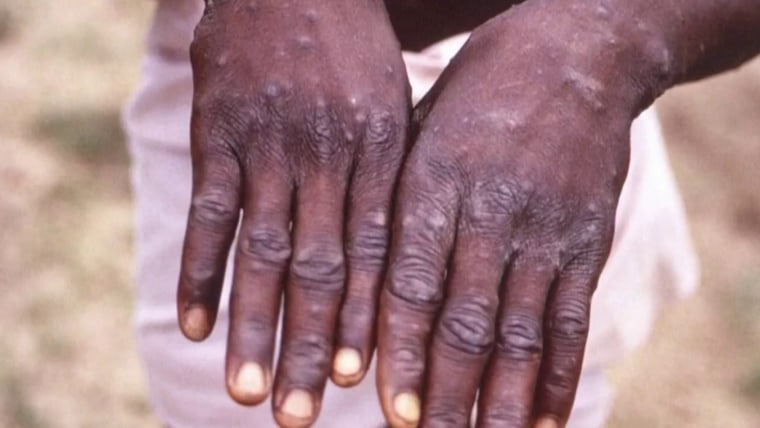
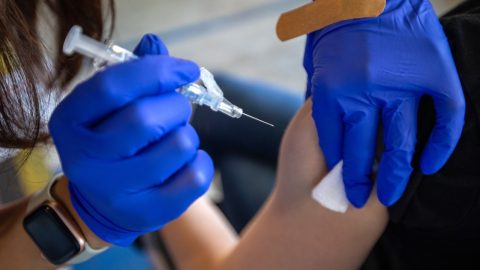
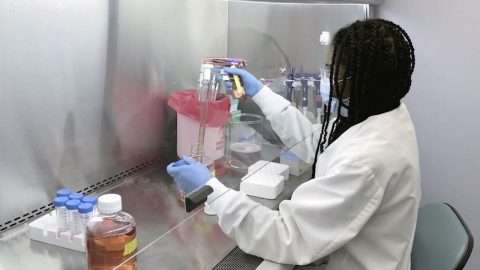

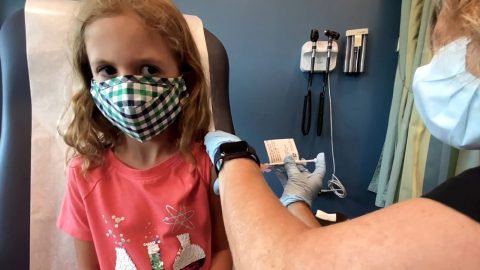
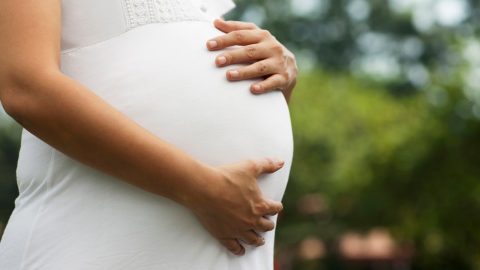

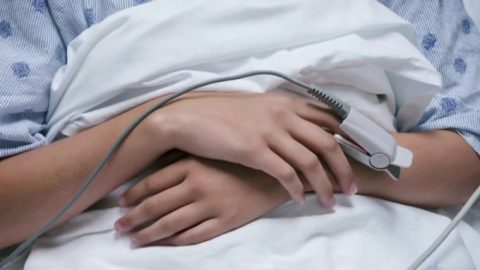
Recent Comments